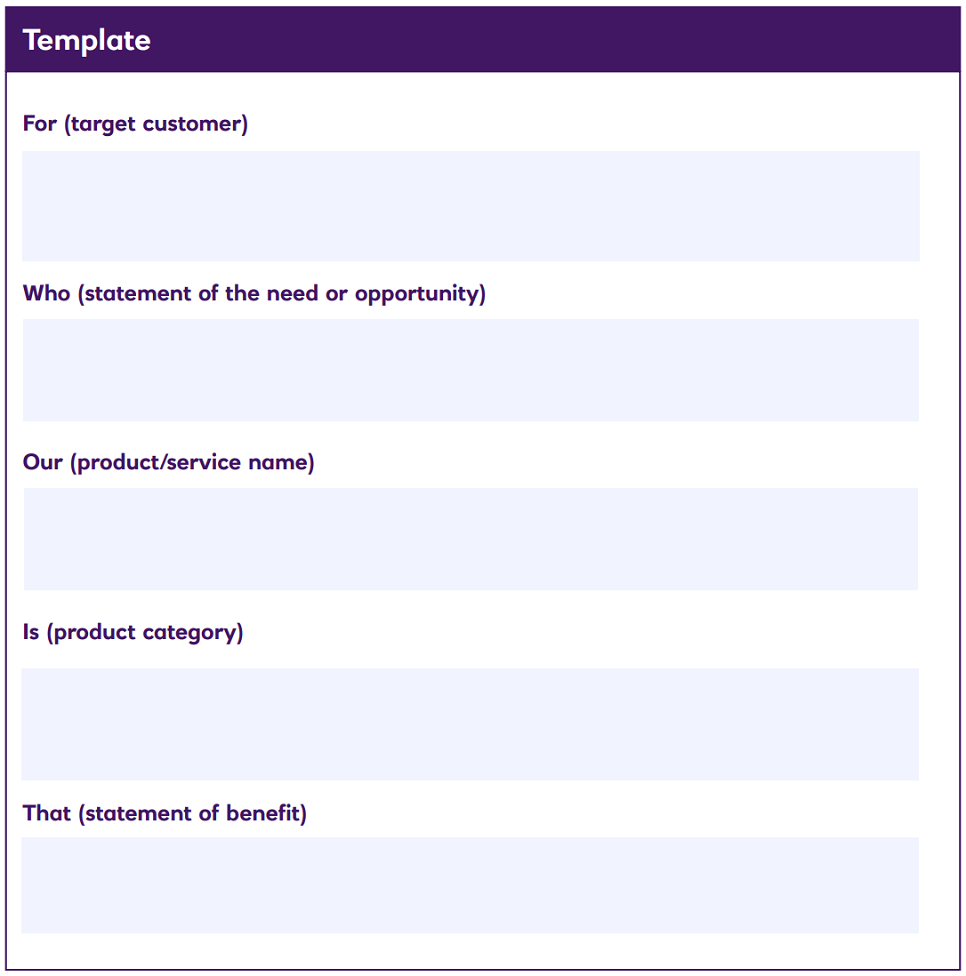Pain reliever
Reduces the stress of a process or removes barriers entirely.
Gain creator
Improves enjoyment or performance of something.
It'll help you make decisions
It’s about bringing the view of your potential customers back into the mix – so you’re building a business that provides something people want.
If you can understand your value proposition, it’ll help you make decisions in your business, including:
- Identifying and testing product market fit
- Helping you to understand your unique selling point (USP)
- Communicating and marketing your business.
Are you really filling a need?
This is about two things:
- Satisfying a customer need (and not just you thinking you’ve got a great idea) and
- Understanding how big that need or problem is
Understanding how many people have a specific problem, or need, will help you understand the size of the market, and whether it’s worth pursuing. Only then should you create the solution.
Many entrepreneurs come up with a great idea, or a solution and then work back to identify the problem, and then find customers willing to pay for it. But that focusses on the solution, not the customer.
What about your business?
Spend some time thinking about the following questions. They’ll make you really think about the problem or the need that your business is addressing. And they should help you see how big a problem or need really is.
Give each your best guess and it’ll help you identify what you need to research further as you go along.
-
1
Are you addressing a problem, or a need?
-
2
What jobs are you doing for the customer? Or what needs are you satisfying for your customer (that could be functional, social or emotional)
-
3
What’s the problem in its simplest form?
-
4
How big is the customer need or pain point? Is it life or death, or just nice-to-have?
-
5
How many people does it affect?
Find your proposition
Is your business a pain reliever, or a gain creator – or both?
-
1
What do you do – what pains do you take away, or what value do you add for your customer?
-
2
Who’s your target audience – who’s pain are you solving, or who are you creating value for?
-
3
What are the benefits for those people?
-
4
What will they be able to do as a result of your product or service?
Don’t confuse features and benefits
A fast internet connection is a feature, but the ability to quickly find your way when lost is a benefit.
Everyone sees value differently
Value is subjective, which means it’s sometimes difficult to interpret.
Consider the emotional benefits
People tend to buy with their emotions and want to feel better than they are today.
Create your value proposition statement
Here’s a little example of what a value proposition statement could look like.
"For non-technical marketers who struggle to find return on investment in social media, our product is a web-based analytics software that translates engagement metrics into actionable revenue metrics."
Use the headings from the template below to work yours up.

Whats next?
- Join the online community to connect with other like-minded people
- Sign up to one of our wrap around events across the UK
- Explore our library of digital modules on a whole range of topics
This material is published by NatWest Group plc (“NatWest Group”), for information purposes only and should not be regarded as providing any specific advice. Recipients should make their own independent evaluation of this information and no action should be taken, solely relying on it. This material should not be reproduced or disclosed without our consent. It is not intended for distribution in any jurisdiction in which this would be prohibited. Whilst this information is believed to be reliable, it has not been independently verified by NatWest Group and NatWest Group makes no representation or warranty (express or implied) of any kind, as regards the accuracy or completeness of this information, nor does it accept any responsibility or liability for any loss or damage arising in any way from any use made of or reliance placed on, this information. Unless otherwise stated, any views, forecasts, or estimates are solely those of the NatWest Group Economics Department, as of this date and are subject to change without notice.

